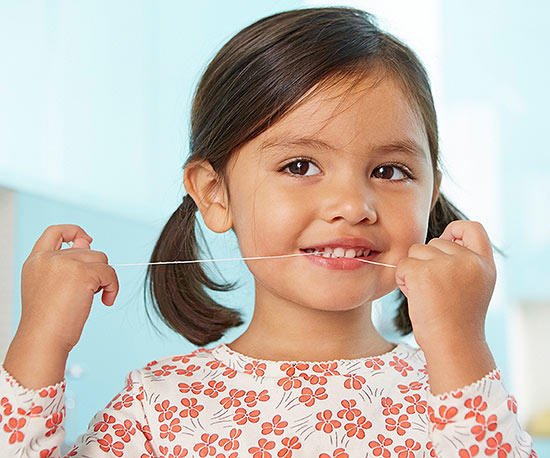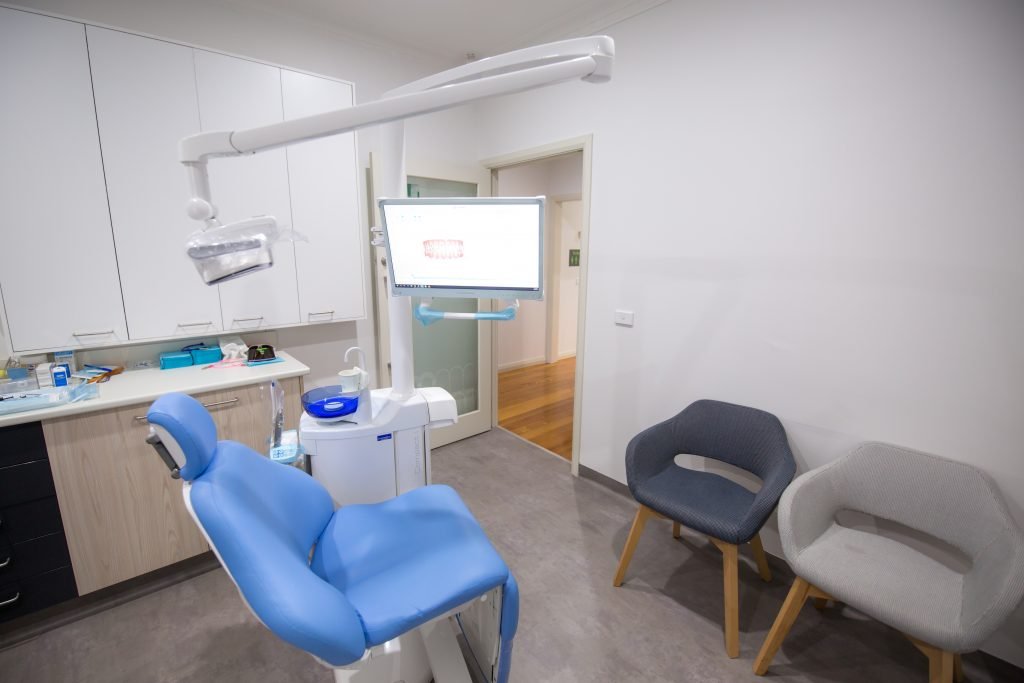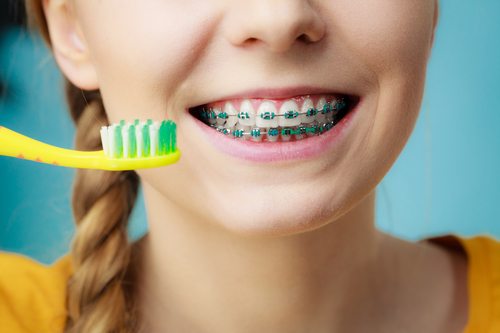
Back to school: a great time to reinforce good oral care habits
For most parents with school-age children, the start of the school year is pretty hectic. There are all sorts of bits and pieces the kids need for school as well as new teachers, classrooms, subjects, and routines to get a handle on.
It’s understandable if at least part of school holidays is a bit ‘loose’, with special treats and adventures, later bedtimes, and letting some things slide, but back to school means back into routines.
And there’s no more important part of your daily routine than taking care of your teeth!
Brushing and flossing

This should be the easiest part of the oral hygiene routine for kids to understand – as long as you understand it and explain it properly … and supervise and assist as needed.
Most children don’t have the coordination to brush or floss properly until they are about 7 or 8 years old, so you should help younger ones. Let them do it themselves first, then follow up by helping them brush and floss more correctly and thoroughly.
If you haven’t read our blog post The answers to all your kids’ questions about teeth we think it will really help – in fact, you should read the questions and answers aloud with your children.
In a nutshell:
- Brushing twice a day reduces the risk of tooth decay much more than brushing only once a day.
- Brushing and flossing before bedtime is especially important.
- Spend two minutes brushing teeth, focusing on the teeth that do most of the chewing, and back teeth, where cavities often first develop.
- Use gentle, short strokes over the fronts, backs, and tops of your teeth, and don’t scrub hard along the gum line.
- Brush and floss your teeth with your child so they can watch and imitate you.
- Supervise your child’s brushing and flossing until good habits are established.
- Give your children lots of praise when they do a good job.
Toothbrushes and toothpaste

Not all toothpastes and toothbrushes are the same, and all oral care brands make ones that are specifically designed for children of different ages.
As your child grows, make sure you use the appropriate toothpaste (for example, non-fluoridated for under twos, low-fluoride for 2-to-6-year-olds) and toothbrush for their age – and don’t be afraid to celebrate the milestones as they change to a bigger kid’s paste or brush to reinforce the positives of oral hygiene.
And make sure they know to spit the toothpaste out and not swallow it!
Healthier snacking

Unfortunately, tooth decay in children is on the rise in Australia. Studies suggest that more than half of all 6-year-olds having some decay in their baby or adult teeth.
It’s a fact of modern life that kids eat sugary snacks and drink sugar-laden drinks. If you’re trying to cut out sugar altogether, we wish you the best, but it might be fighting a losing battle for most parents.
If we just accept that sugar is a part of life, here’s what we can do to reduce its impact on teeth:
- Encourage children to drink more (fluoridated) tap water.
- Keep sugary drinks – including fruit juice – to a minimum (this is the most insidious way kids end up consuming too much sugar because we’re not as conscious of the sugar in drinks).
- Pack their lunchboxes with fruits, vegetables, cheese, and whole grain foods as healthy snacks
- Rather than trying to deny them any sweet treats, save them for after meals, when the amount of saliva produced in the mouth is greater and will therefore better help protect your child’s teeth.
- Because dairy acts as a buffer to the acids produced by oral bacteria, try serving your children milk or cheese with sweet treats.
Visiting the dentist

Coming to see us is a vital part of helping your children learn how to look after their teeth properly. It’s only natural that a lot of children will pay closer attention and better retain a message from a professional in the field than from their parents, who tell them so many different things every day.
Here are a couple of hints about managing your regular check-ups:
- Try to make appointments at times when your child won’t be tired, so they are more likely to feel good about the visit and more likely to take in what the dentist says.
- Don’t make too big a deal of going to the dentists. It’s best if kids accept that it is a normal part of their oral health regimen that everyone does.
- Keep it positive. Kids don’t need to know we’re looking for cavities and other potential issues. As far as they’re concerned, we’re helping them look after their teeth properly, something everyone wants to do.
Treatment

Every mouth is different, and sometimes your child will have an issue that requires treatment – either corrective treatment like braces or something more remedial, such as a filling for a cavity.
Treatment for younger children will often differ from the treatment for teenagers and adults, so it’s important that your dentist is able to offer you the best options.
For example, Dr Amy Chao provides stainless-steel crowns for baby molars that are heavily broken down, so parents don’t get frustrated that their children’s fillings keep falling out.
At Middleborough Dental Care, we’ll do whatever we can (and help parents as much as we can) to help kids understand their teeth and learn the best oral care habits.
In the end, no matter what your daily care routine, regular visits to the dentist are the only way to make sure your child’s teeth are well cared for … so we’ll see you soon!